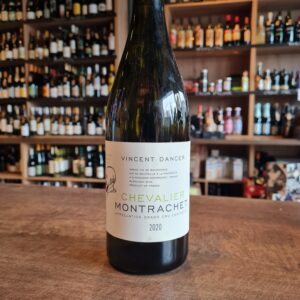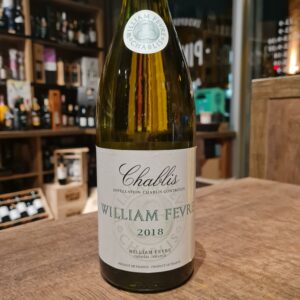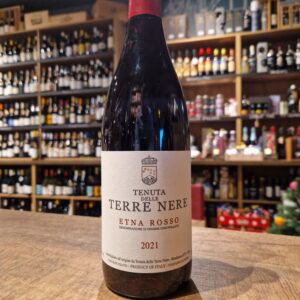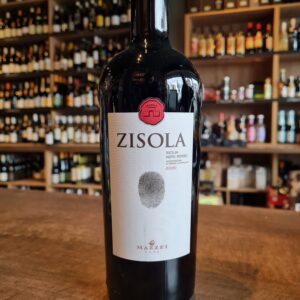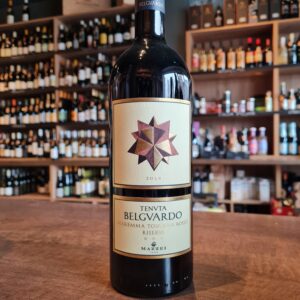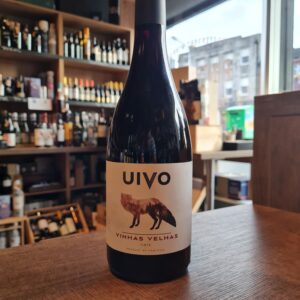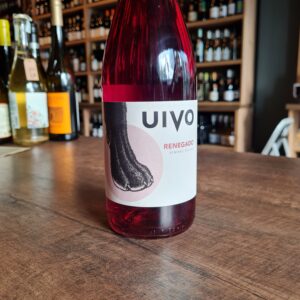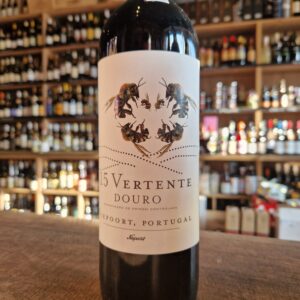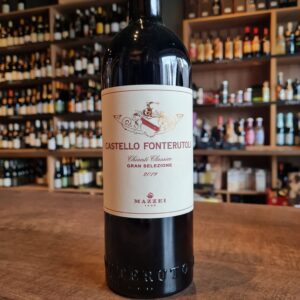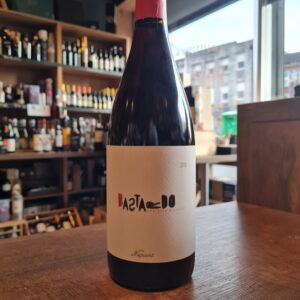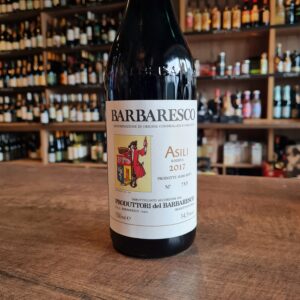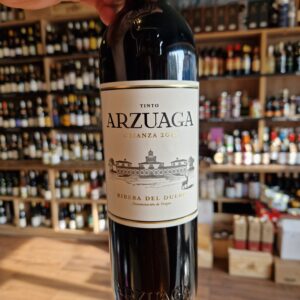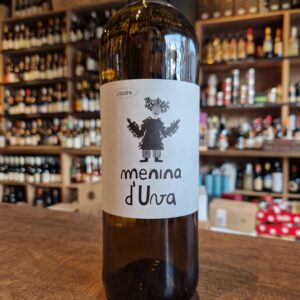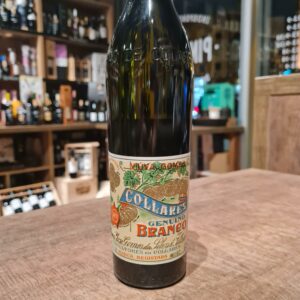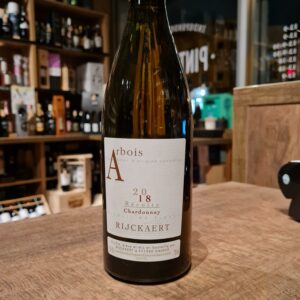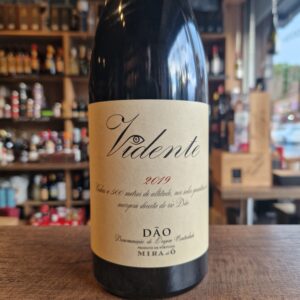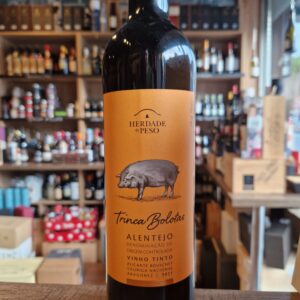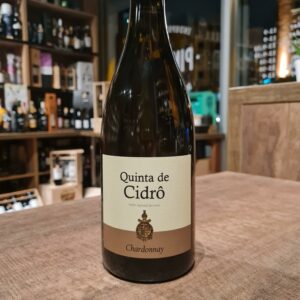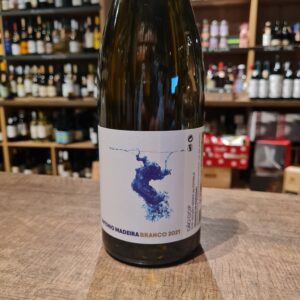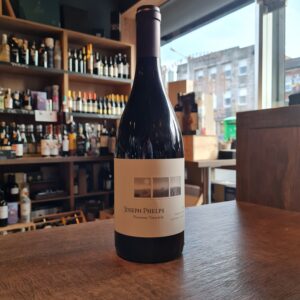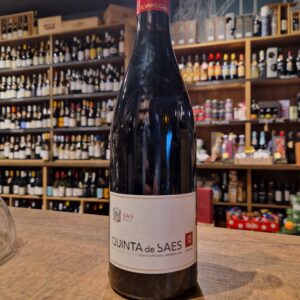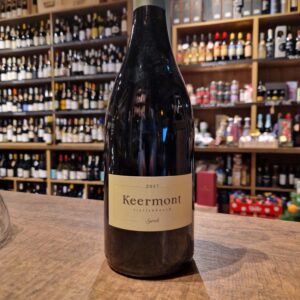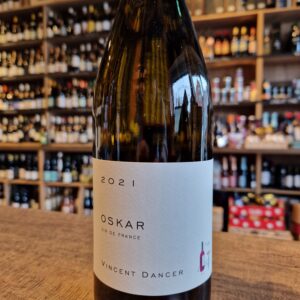The Fèvre family had been running the Chablis vineyards in northwest France for more than 250 years when William Fèvre brought out the first vintage in this domaine. It was 1959 and William was taking over from his father, the great winemaker who took on 7 hectares of vineyards after World War II. This was the starting point for Domaine Williams Fèvre, one of the largest producers in Chablis, which currently has 78 hectares divided into 90 plots.
Chablis, is the source of the most racy, light and tactile, yet uniquely complex Chardonnay, while considered part of Burgundy, actually reaches far past the most northern stretch of the Côte d’Or proper. Its vineyards cover hillsides surrounding the small village of Chablis about 100 miles north of Dijon, making it actually closer to Champagne than to Burgundy. Champagne and Chablis have a unique soil type in common called Kimmeridgian, which isn’t found anywhere else in the world except southern England. A 180 million year-old geologic formation of decomposed clay and limestone, containing tiny fossilized oyster shells, spans from the Dorset village of Kimmeridge in southern England all the way down through Champagne, and to the soils of Chablis. This soil type produces wines full of structure, austerity, minerality, salinity and finesse.
Pairs well with fish dishes, grilled or in a light sauce; various seafood, oysters and sushi.


